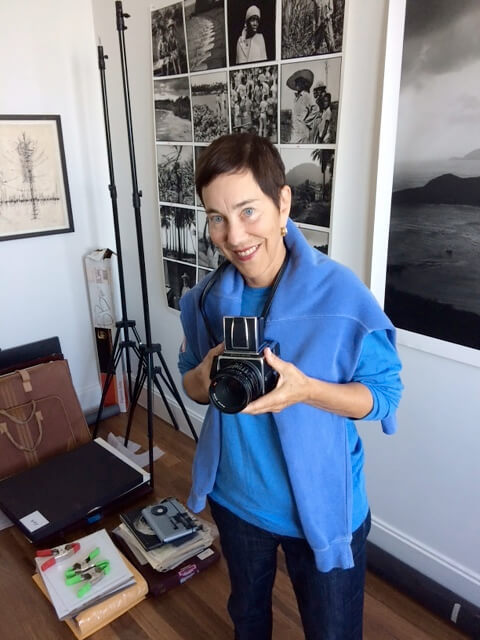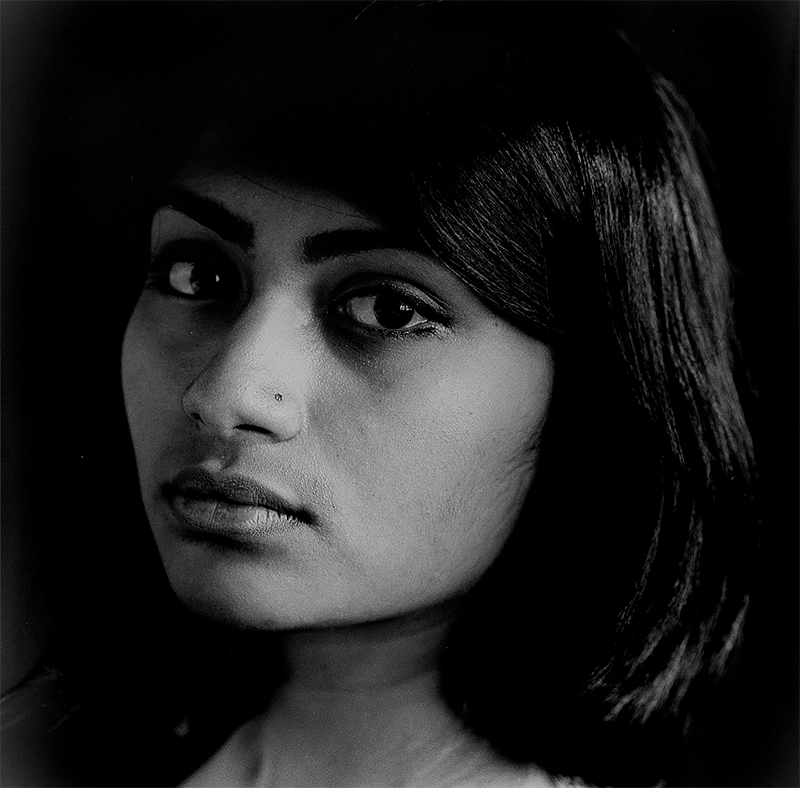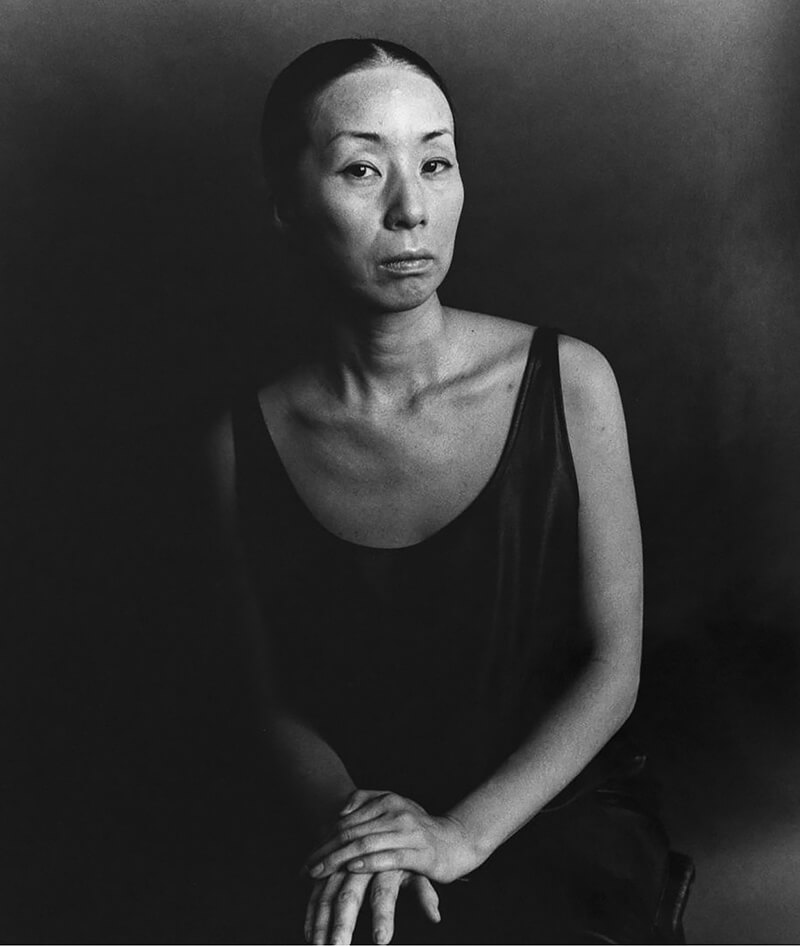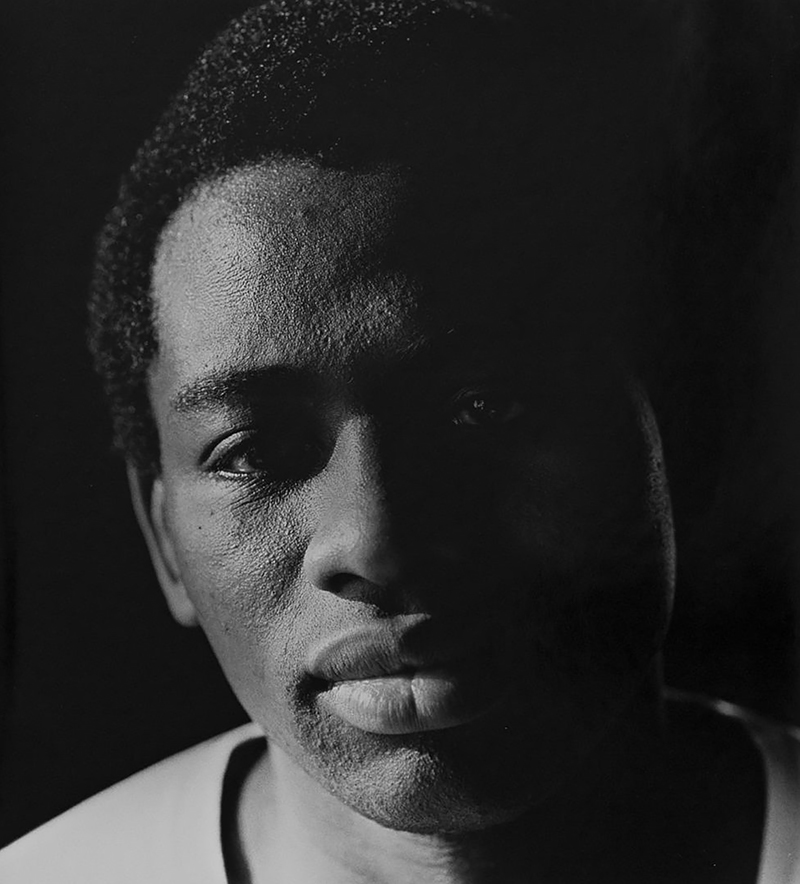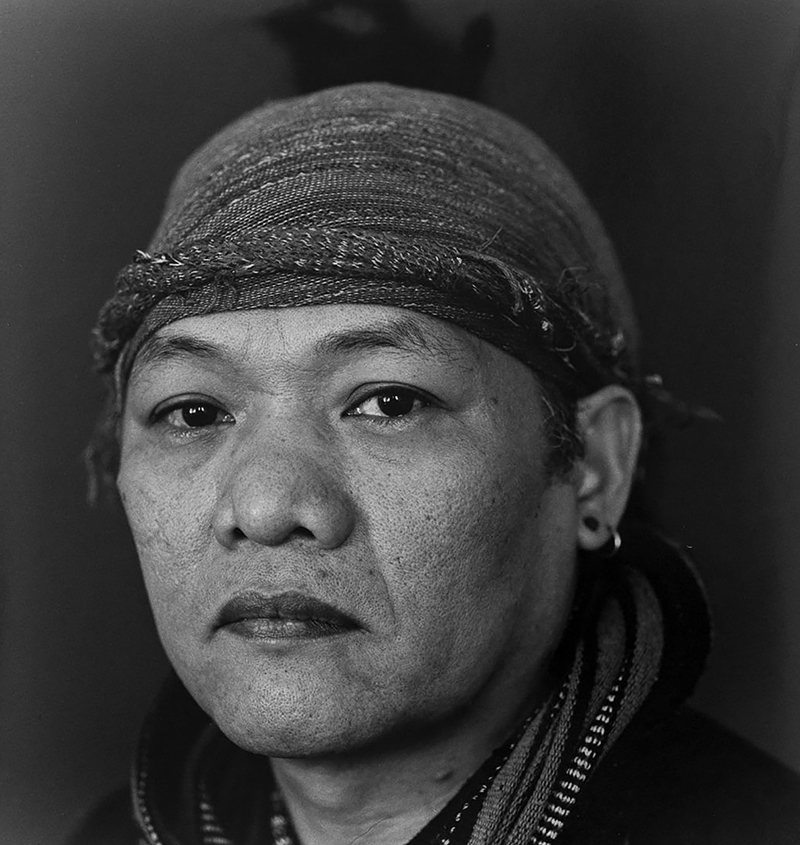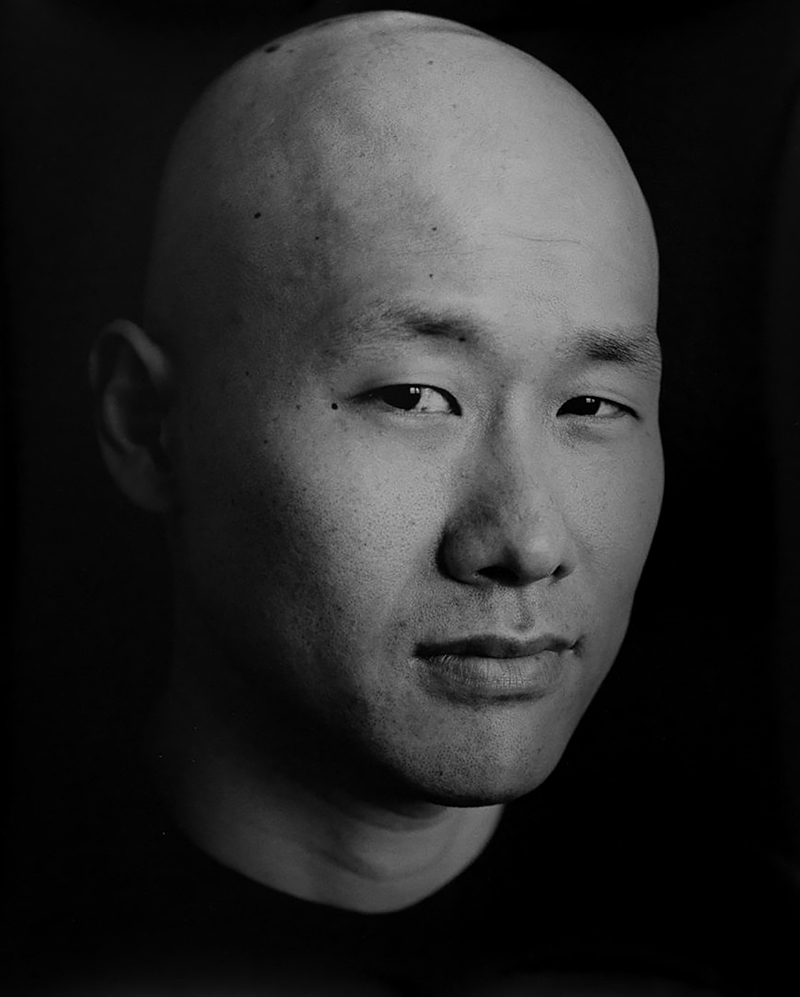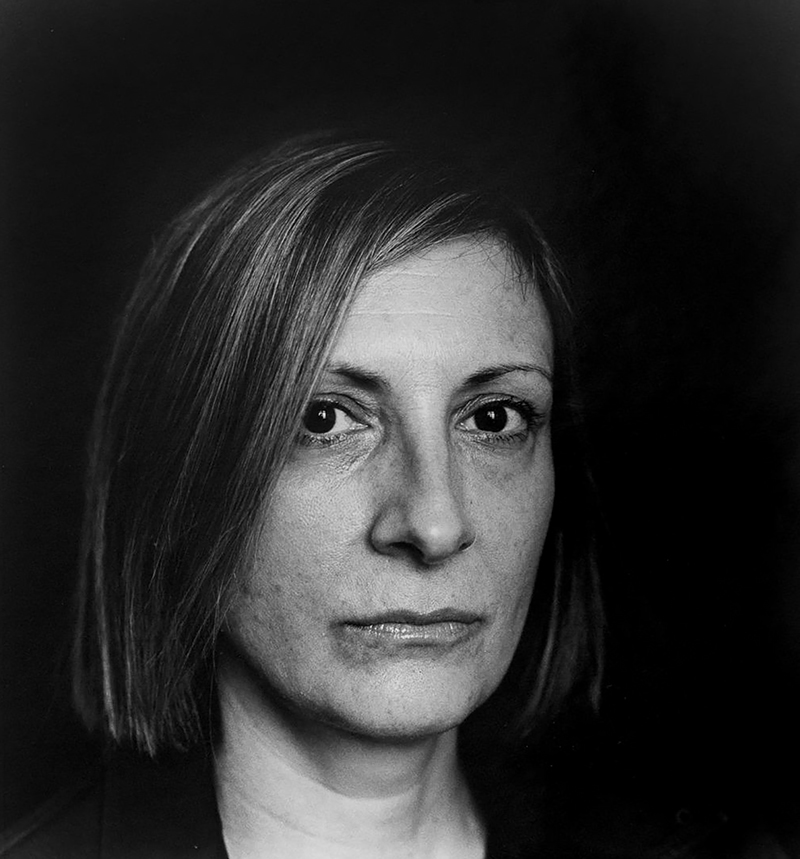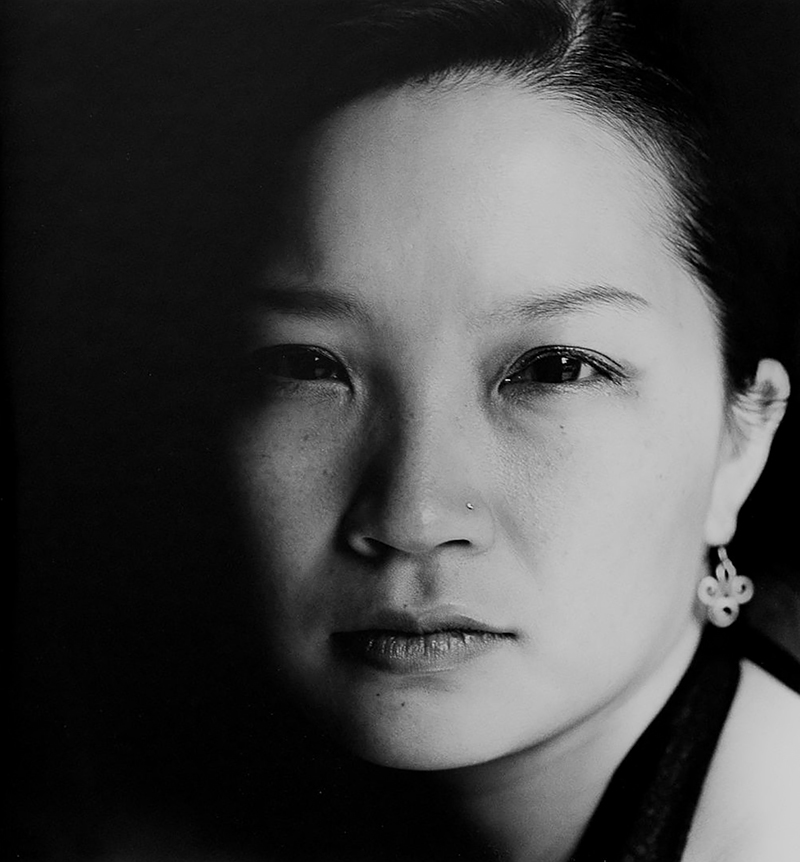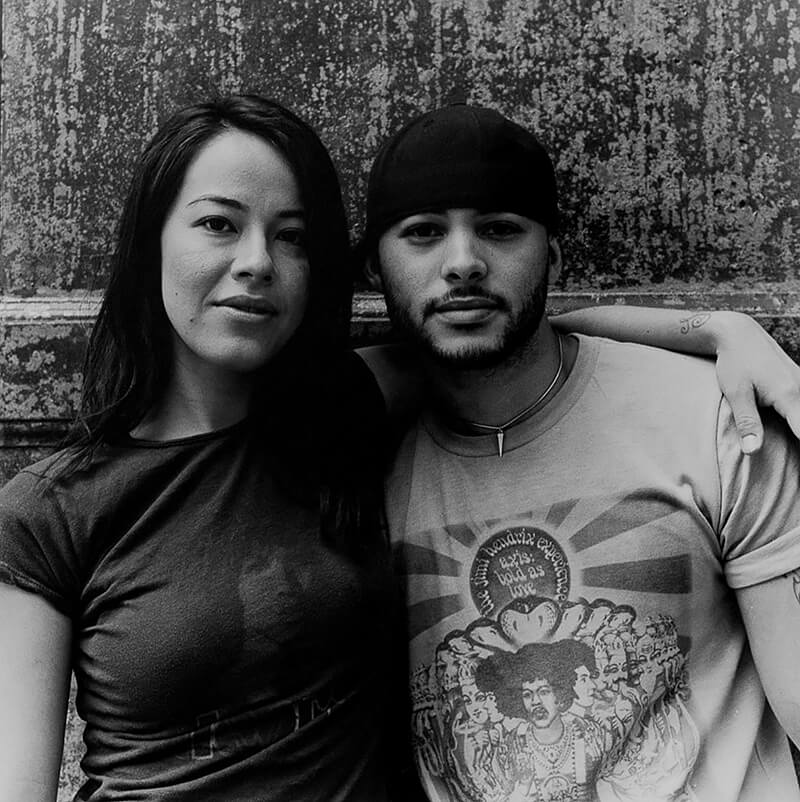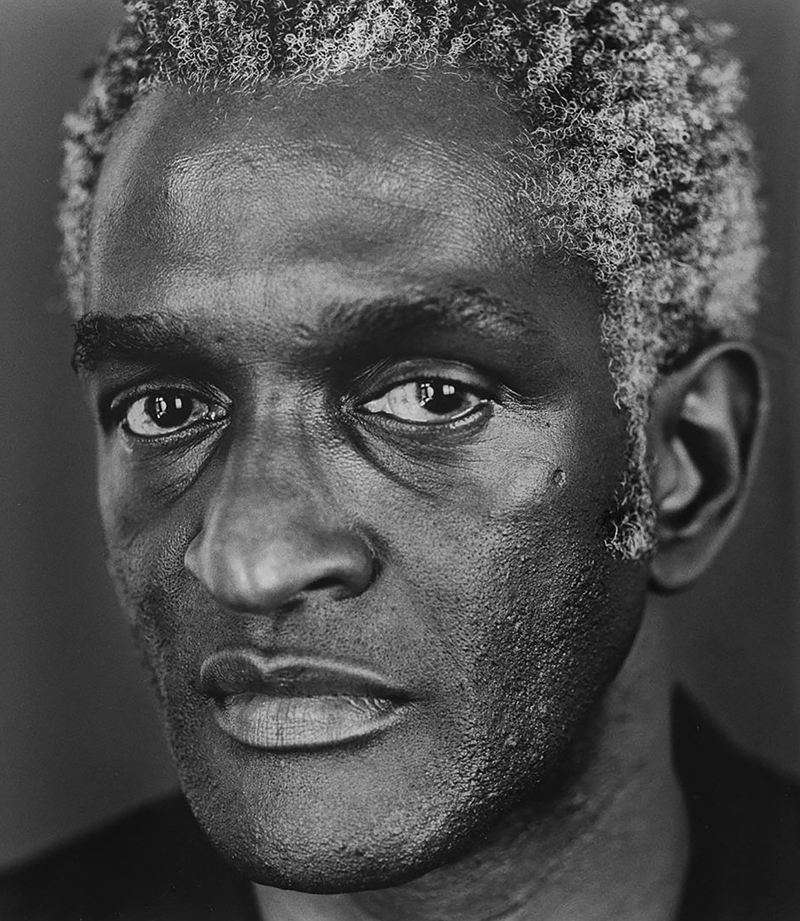After her beautiful project about
Antigua, Margo Davis started to photograph New Yorkers of mixed heritage in 2002. After living in NY and experiencing the amazing diversity of the city and the population coming from all over the world, Margo’s project evolved into a focus on immigrants. She explains in an article to
Fusion Magazine in 2017, why she chose her title All American: Traditional associations with this expression imply white skin, blond hair and blue-eyes. My series will reflect the changes that have included many races, religions, and cultures. She reminds us that America is a land of immigrants from its founding that arrived from around the world throughout our history. Our immigrant citizens are All American.
She explains:
Photographic projects, like life, have journeys of their very own. They grow organically, sometimes with purposeful direction, sometimes randomly. They have an arc of development which can be synchronous with the trajectory of one's life. In my photographic work, my current project ALL AMERICAN has evolved from all the influences of my life's journey from childhood until now.
Even though I was born in a Jewish family in New York, a city of great diversity, I was raised from the age of two in Connecticut, an environment of singular WASP homogeneity. My sister and I were the only Jews in the private girl's school we attended. I always felt somewhat different and, although nuanced, anti-Semitism was all around us. We were, after all, in Darien, CT, the town made famous by the movie Gentleman's Agreement! It goes without saying that there were no people of color in our environment except maids and nannies.
In the essay to my book,
UNDER ONE SKY, (Stanford University Press, 2004), I write about this sense of otherness: In the subtle tension between warm feelings of acceptance and fear of rejection, a fog too mysterious for a child's comprehension, the direction of my life's journey took place.
I attended Bennington College in Vermont, but was immediately drawn to another culture, spending a junior year in Paris at the Sorbonne. I returned to the USA to finish my degree at UC Berkeley, a community more diverse and international than Bennington. There, I married an Antiguan of Afro- Caribbean heritage, and we settled at Stanford University and had two children. Summers, I began my first photographic project in Antigua, eventually publishing two books on the people of the island, one in 1973 and another last year.
Almost 99% of Antiguans trace their historical roots to West Africa, transported by the transatlantic slave trade in the 19th century. My intimate connection to Antigua and its history, lead me to Africa, specifically to the nomads of northern Nigeria and the Fulani people in the years 1980-85. In 1989, I continued to trace the black diaspora in Brazil and to photograph the people in the Bahia region. By then, I had photographed people in the black diaspora in America, the Caribbean, Africa and in South America. UNDER ONE SKY, the book Stanford published in 2004, includes portraits from these projects as well as portraits from my continued travels to every inhabited continent.
Fast forward to 2002 when I began photographing New Yorkers of mixed heritage. Since my own children and many members of my family are mixed, I was drawn to mixed ethnicities as a subject for my photographs. It is this portfolio that morphed into the series ALL AMERICAN, some of which are published here. I widened my interest from mixed-heritage people to all immigrants to New York who had come from cultures worldwide and adopted New York and America as their home. The series received its title of ALL AMERICAN last year when Trump emerged as an anti-immigration candidate and then as President. My personal outrage at his attempt to denigrate the immigrants that have made this country what it is has driven me to continue this series. My art must visually rebrand the traditional narrow associations with the term all-American, one that has heretofore brought to mind white skin, blonde hair, blue eyes, apple pie and hot dogs.
Toto, I've a feeling we're not in Kansas anymore.
America is almost 50% or more Spanish speaking. Los Angeles is a city with more Hispanic residents than white. We are a country of immigrants from our birth until now. A majority of the residents of many major cities are from other countries, and they are all American.br>
My series will reflect faces of America—immigrants from all countries regardless of race, creed, religion, color, or national origin. Even though I began this series under a Clinton administration, and continued under Obama, my title and drive have added a passion and thrust taken on under an odious Trump administration.
ALL AMERICAN is every single face of every hard-working immigrant to this country. I am continuing this series in California and hope to disseminate the series in exhibitions, publications, social media, and a book.
All about Margo Davis
Margo Baumgarten Davis is a photographer, educator and author of several photographer's books.
Margo was raised in Connecticut and has lived for over 30 years in Palo Alto, California. She attended Bennington College, spent time at the Sorbonne studying French literature, and graduated from University of California, Berkeley. It was at UC Berkeley where she met her first husband Gregson Davis and traveled frequently to his home country of Antigua. She has a daughter, Anika and a son, Julian.
Davis has produced photography in Paris, Italy, Nigeria and in the Caribbean, and has done a significant amount of portraiture. Davis has photographed Saul Bellow, Maxine Kingston, Tillie Olsen, Ursula K. Le Guin, Diane Johnson, and Kay Boyle.
In Nigeria, Davis produced a number of photographs of the Fula people.
Davis has spent time lecturing at Stanford on photojournalism with the communications department. She has also taught photography at University of California, Berkeley, and University of California, Santa Cruz.
In 2017, Margo's book Antigua: Photographs 1967-1973 was published by Nazraeli Press. At interview, Margo said she produced the book after hearing interest expressed at an exhibit in Antigua.
All about Margo Davis